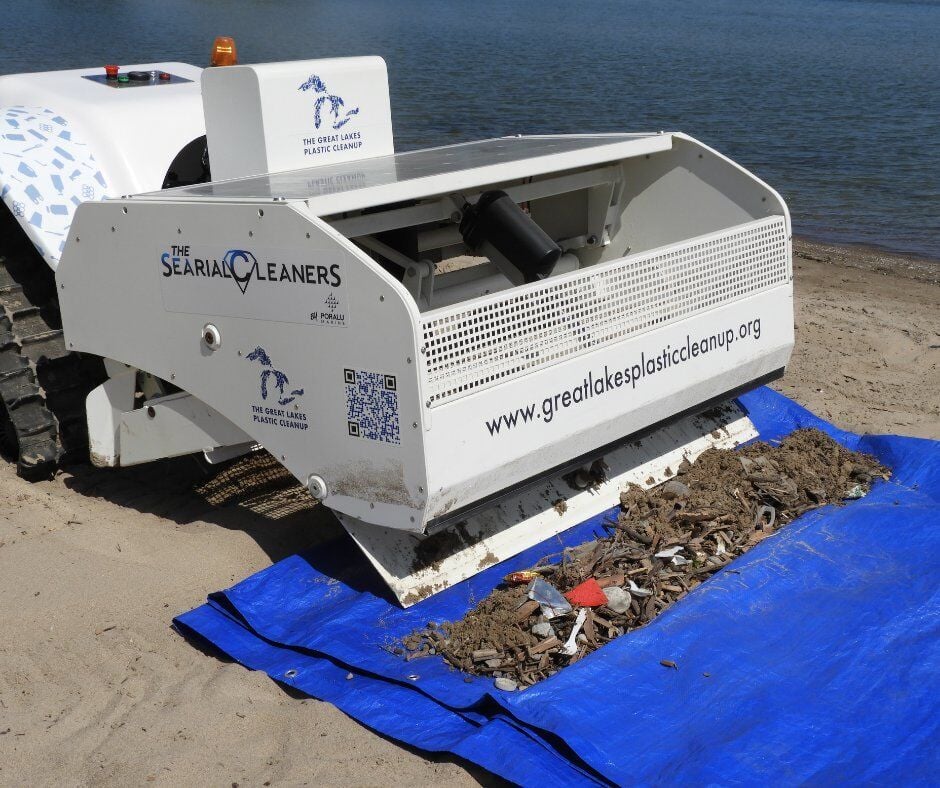ONTARIO – A new, eco-friendly addition has arrived on Canadian shores! BeBot, Canada’s first electric, solar-assisted beach cleaning robot, officially began its inaugural tour of Ontario Provincial Parks this week, kicking off its mission along the shores of Lake Simcoe at Sibbald Point Provincial Park.
This innovative, remotely operated machine, likened to a “Zamboni-like rover” for beaches, is designed to combat plastic pollution and other debris. BeBot utilizes sand-sifting technology to remove plastic, glass, metal, paper, and other litter from beaches, cleaning up to 3,000 square meters per hour and sifting down to four millimeters below the sand’s surface. Powered by batteries with a solar panel for assistance, it can operate for up to eight hours on a single charge.
The deployment of BeBot is a collaborative effort by the environmental organization Pollution Probe, in partnership with the Ontario Ministry of the Environment, Conservation and Parks, as part of the broader Great Lakes Plastic Cleanup initiative. Melissa DeYoung, CEO of Pollution Probe, highlighted the robot’s crucial role in capturing larger pieces of plastic before they enter the water and break down into harmful microplastics. Beyond its cleaning capabilities, BeBot’s tour aims to raise public awareness about waste reduction and inspire environmental stewardship.
Following its debut at Sibbald Point, BeBot is scheduled to visit several other Ontario Parks locations throughout the summer of 2025:
- Inverhuron Provincial Park on Lake Huron (next month)
- Long Point Provincial Park on Lake Erie (late July and August)
- Sandbanks Provincial Park on Lake Ontario (near the end of summer)
- Darlington Provincial Park on Lake Ontario (near the end of summer)
While the robot is a powerful tool for cleaning, the Great Lakes Plastic Cleanup emphasizes that it complements, rather than replaces, human efforts in addressing pollution. The initiative also focuses on data collection from the debris found to better understand pollution sources and pathways, further informing strategies to protect the Great Lakes for future generations.

